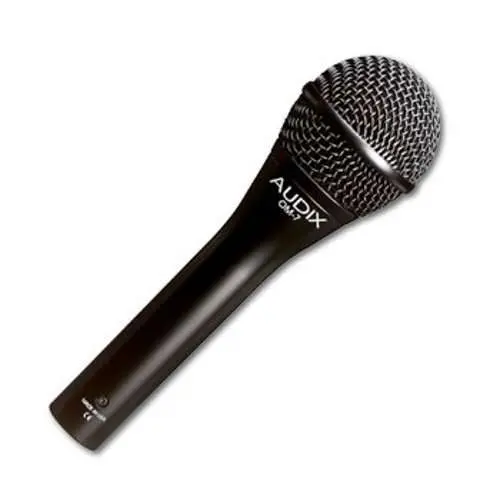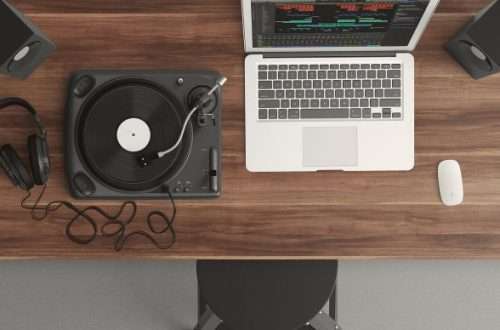
How to choose the right microphone for the stage?
JIf you don’t know who you want to be with, then you are usually with someone you don’t want to be with. The microphone is your best friend on stage. So before buying your first, second, and most importantly, before buying your dream microphone, describe it as precisely as possible to avoid disappointment.
Dynamic vs. capacitive
In order to choose the most suitable microphone for you, the first thing you need to consider is the following: what is the nature of the music you are performing and what you want it to reach the listener.
Condenser microphones are mainly used in the studio, i.e. in isolated conditions, due to their sensitivity to loud and quiet sounds. However, this does not exclude their use on stage. If the music you perform involves the use of many subtle sounds and you are not accompanied by any noisy drummer, then maybe it would be worth considering such a solution. Remember, however, that a condenser microphone needs additional phantom power.
Another group of microphones are dynamic microphones, which I will devote more space to in the second sub-section. Most often used on stage due to their loudness and changing conditions. They are not only more resistant to moisture and other external factors, but also better withstand high sound pressure. They also do not need additional power.
What are your needs? Are you looking for a microphone for home recording of your exercises or songs, or for small concerts with not too loud instruments? Then consider a condenser microphone. If you are looking for a microphone that will work well on small and large stages, with loud band accompaniment, look for dynamic mics.
How to choose a dynamic microphone?
Let’s adopt a few rules:
• If you are not very experienced with the microphone, opt for a microphone with minimal proximity effect. This is the optimal solution that will make your voice be heard the same, regardless of the distance from the microphone, or without major changes in the form of bass correction. If you can work with a microphone and want a deeper sound, this rule does not apply to you.
• Check a few microphones. It is important that it emphasizes the sound of your voice, while maintaining clarity and expression. These parameters are individual for everyone and in order to test the microphones we are interested in, it should be done under the same conditions for each model. It’s a good idea to go to the store and with the help of an employee or friend who has good hearing, judge which microphones best represent what you want to hear.
• We test each of the microphones according to the same scheme: at a distance of zero (ie with the mouth next to the microphone), at a distance of approx. 4 cm and at a distance of approx. 20 cm. This way shows us how microphones behave under stage conditions.
Several suggestions of good microphones from various price points
• Microphones up to PLN 600:
– Audio Technica MB-3k (175 PLN)
– Sennheiser e-835S (365 PLN)
– Beyerdynamic TG V50d s (439 PLN)
– Shure SM58 LCE (468 PLN)
– Electro-Voice N/D967 (550 PLN)

• Microphones up to PLN 800:
– Shure Beta 58 A (730 PLN)
– Audio Technica AE 6100 (779 PLN)
– Sennheiser e-935 (PLN 789)

• Microphones over PLN 800:
– Sennheiser e-945 (PLN 815)
– Audix OM-7 (829 PLN)
– Sennheiser e-865S (959 PLN)






